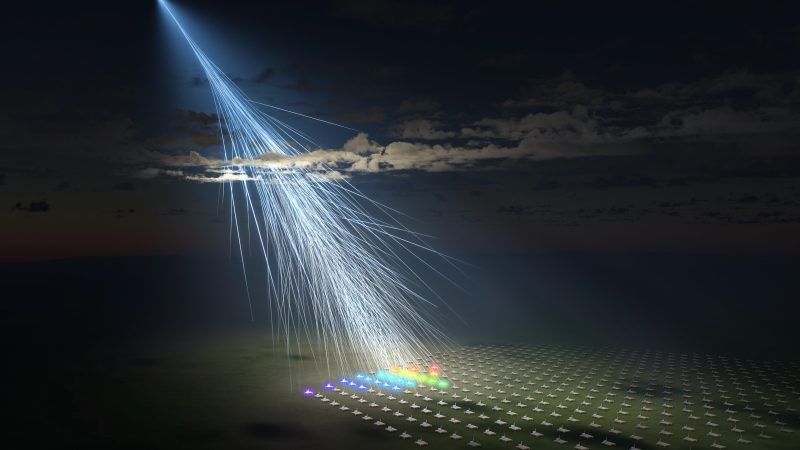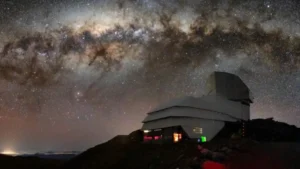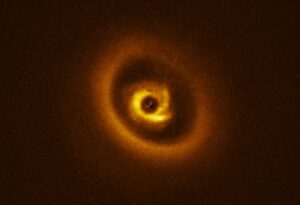One of the strongest known cosmic rays in history has hit our planet. It is made from a never-before-seen particle, and researchers have no idea where it came from.
The high-energy cosmic ray strike is the first of its kind in the last three decades. The so-called “sun goddess” particle, named Amaterasu after the Japanese goddess of the sun, came to Earth with other, less energetic particles.
Cosmic rays are charged particles, often protons, that whizz through space at almost the speed of light. Where exactly this one originated is a mystery. They are the remnants of celestial events that happen somewhere in the universe. Cosmic rays hit Earth all the time, but this particular one stands out because of the amount of energy it carried.
This newly discovered particle is incredibly rare. It has one million times more energy than our most advanced particle generators can produce.
“When I first discovered this ultra-high-energy cosmic ray, I thought there must have been a mistake, as it showed an energy level unprecedented in the last three decades,” said physicist Toshihiro Fuji.
Second-highest-energy cosmic ray ever
At first, he believed that it was just a software bug, but several double-checks showed no error. It is the second-highest-energy cosmic ray ever seen, behind the Oh-My-God particle that astronomers discovered in 1991.
Scientists came across this newest particle in 2021 using the Telescope Array, a 700-square-meter grid of 507 surface detectors in Utah. When cosmic rays hit the Earth, they smash into other particles, creating a shower of particles. This is what observatories such as the Telescope Array detect.
The “goddess” particle had an energy of 240 exa-electron volts, while the earlier Oh-My-God particle measured 320 exa-electron volts. Most cosmic rays are under 100 exa-electron volts.
For most comic rays, astronomers can identify a source. They start from where it appeared and use its trajectory to find a starting point. This is usually some kind of high-energy event like a supernova.
Astronomers baffled
This particle is different. Similar to the 1991 Oh-My-God particle, its trajectory leads to nothing. Their calculations led scientists to a void where there are very few galaxies. There is nothing in the vicinity that could have produced such a high-energy particle. Astronomers are baffled.
It is possible that they come from something that is yet to be discovered, such as a currently unknown astronomical event or object.
“These events seem like they’re coming from completely different places in the sky,” said John Belz, co-author of the new study. “It’s not like there’s one mysterious source. It could be defects in the structure of space-time, colliding cosmic strings. I mean, I’m just spit-balling crazy ideas that people are coming up with because there’s not a conventional explanation.”
This may open up an entirely new branch of high-energy astrophysics. Astronomers plan to upgrade the Telescope Array to pick up more ultra-high-energy cosmic rays. Eventually, they may be able to unravel the mystery of what produces them.





